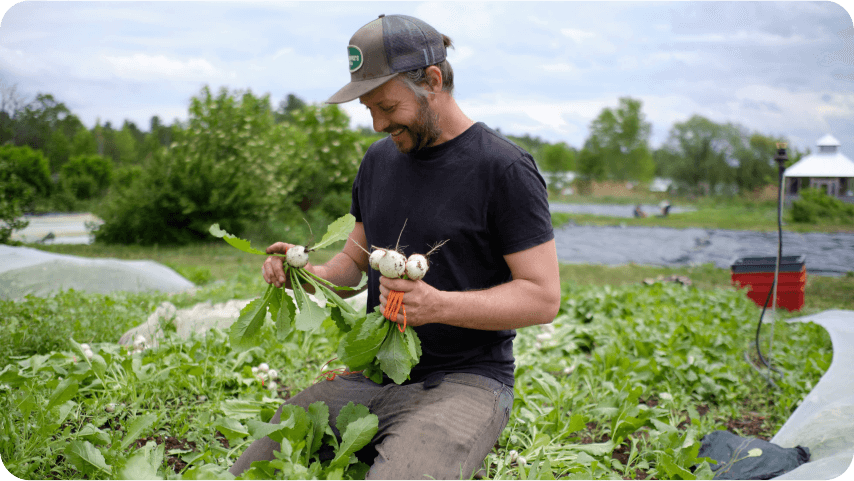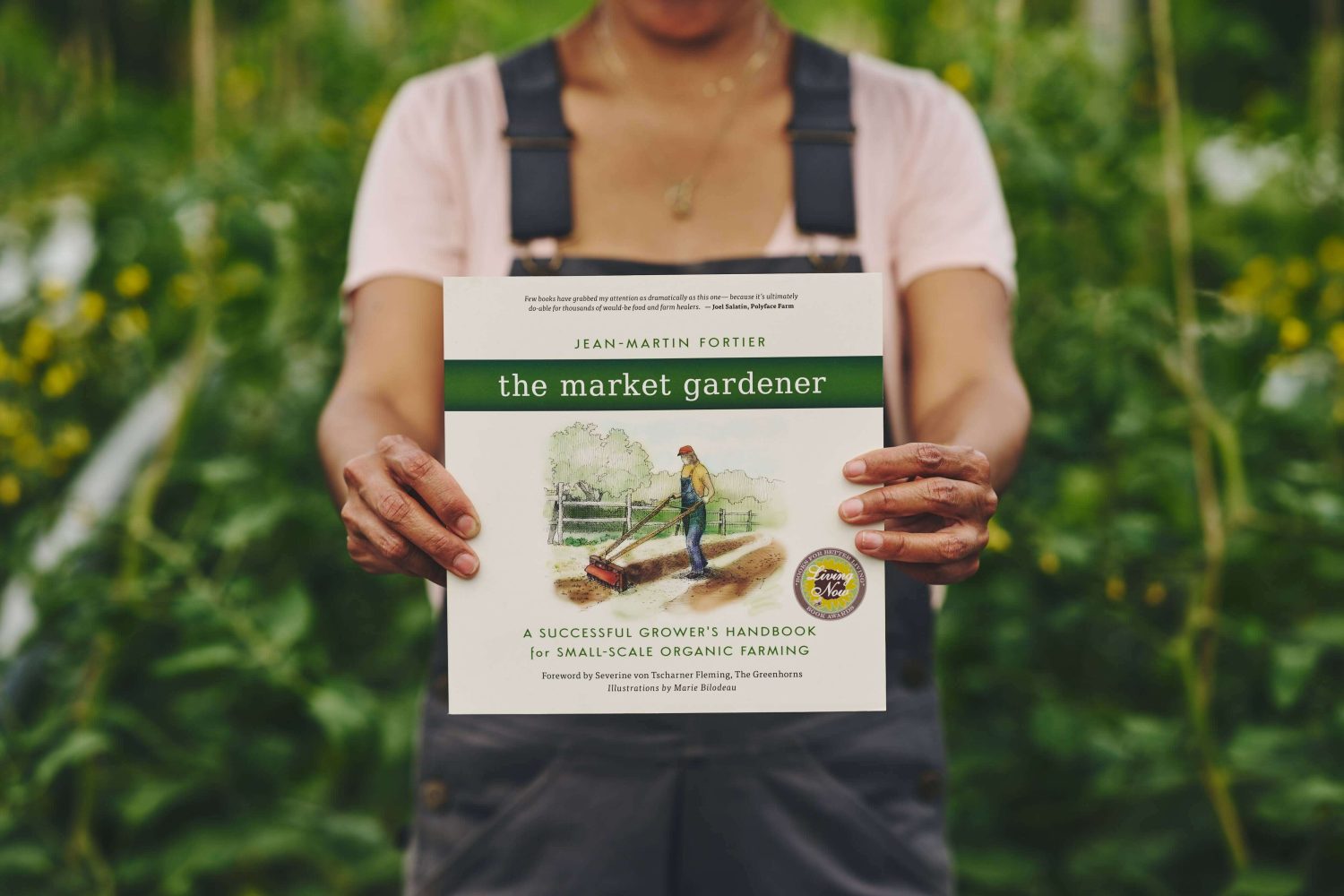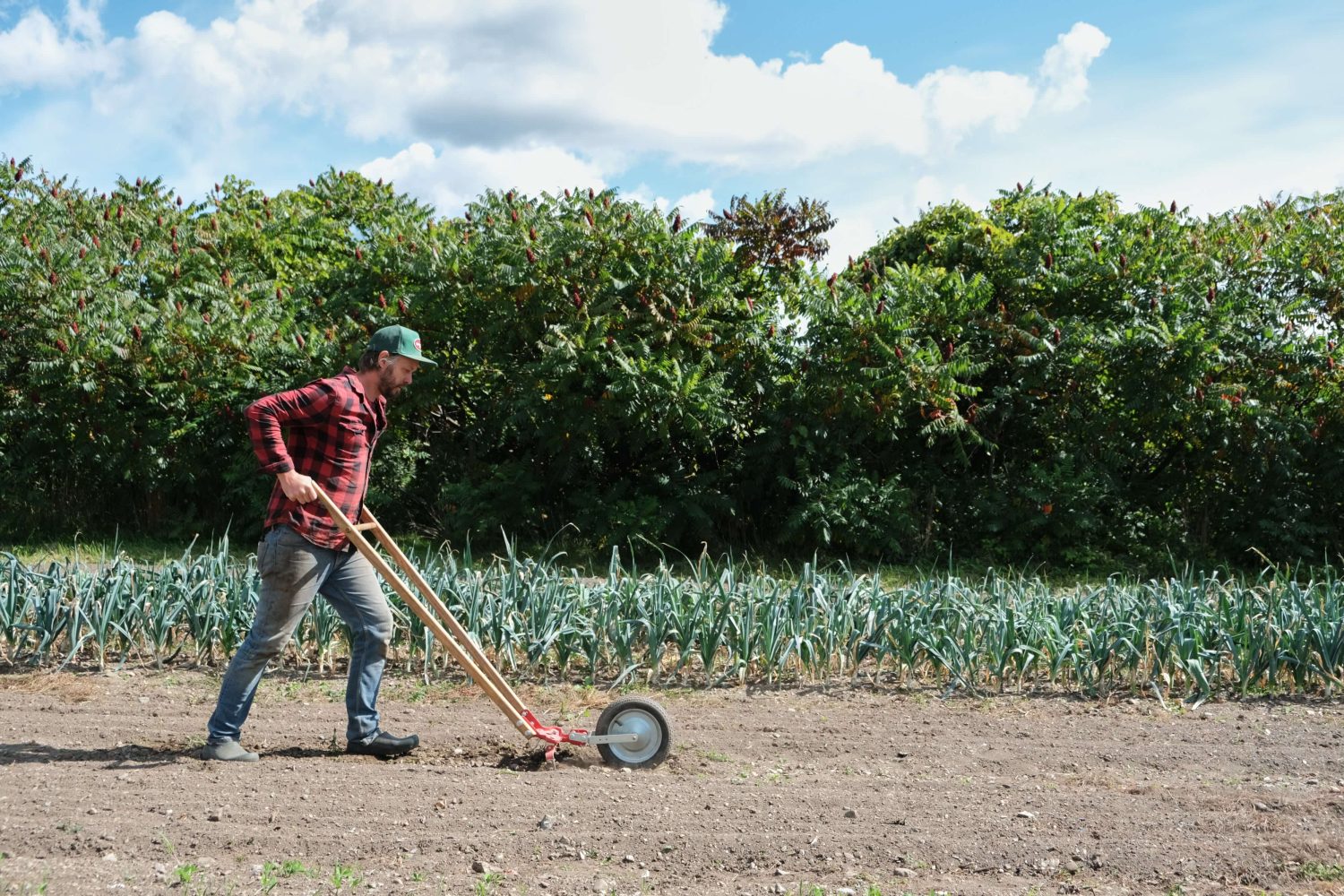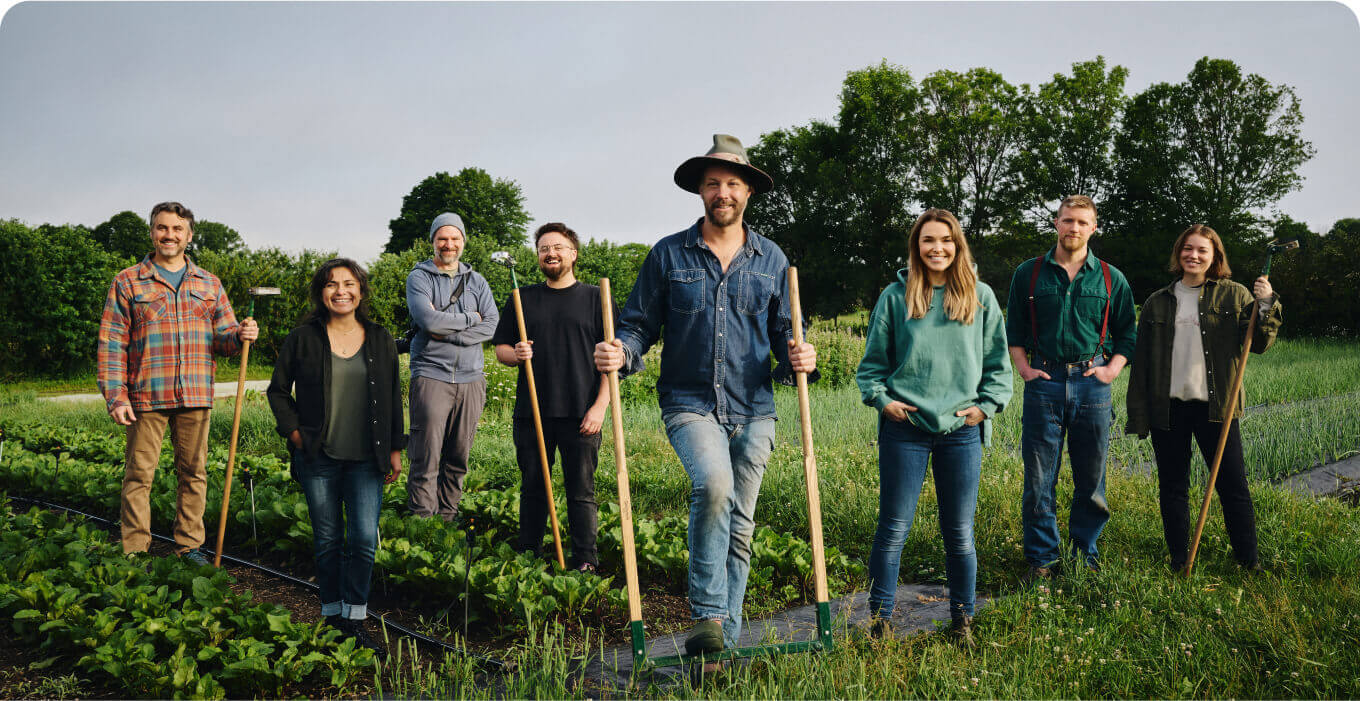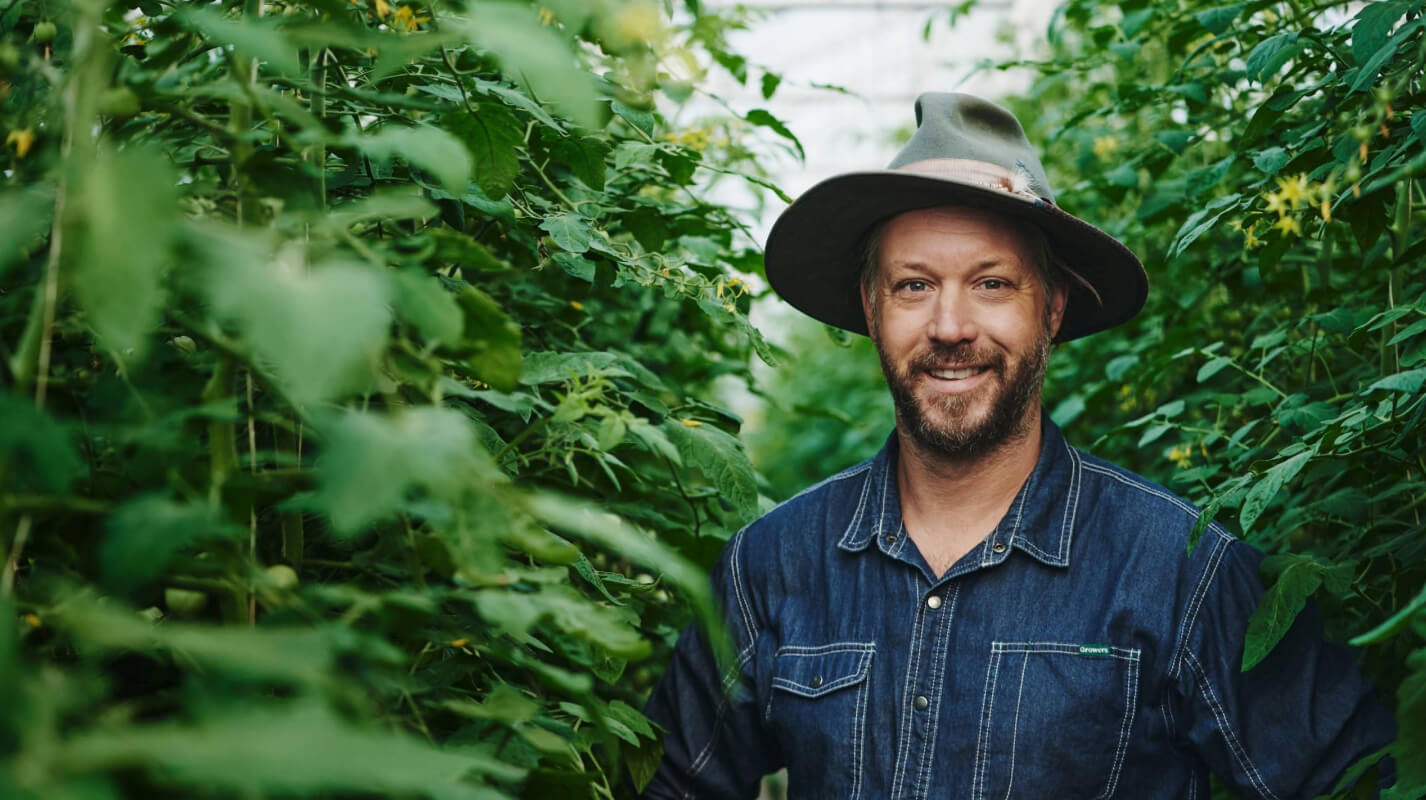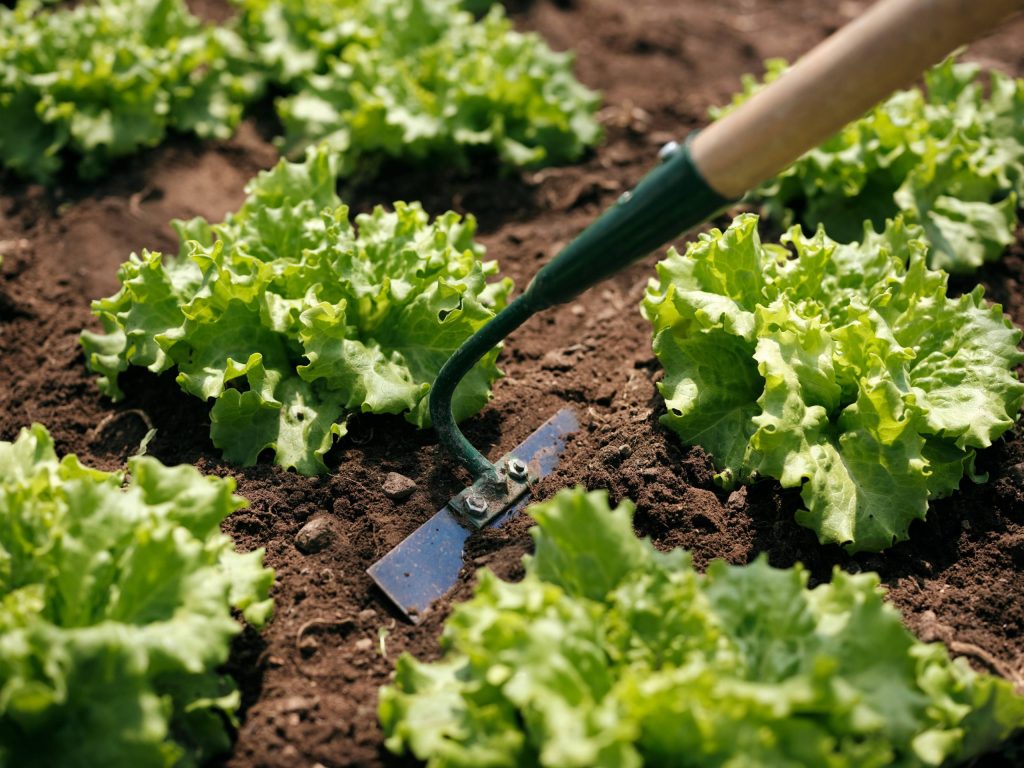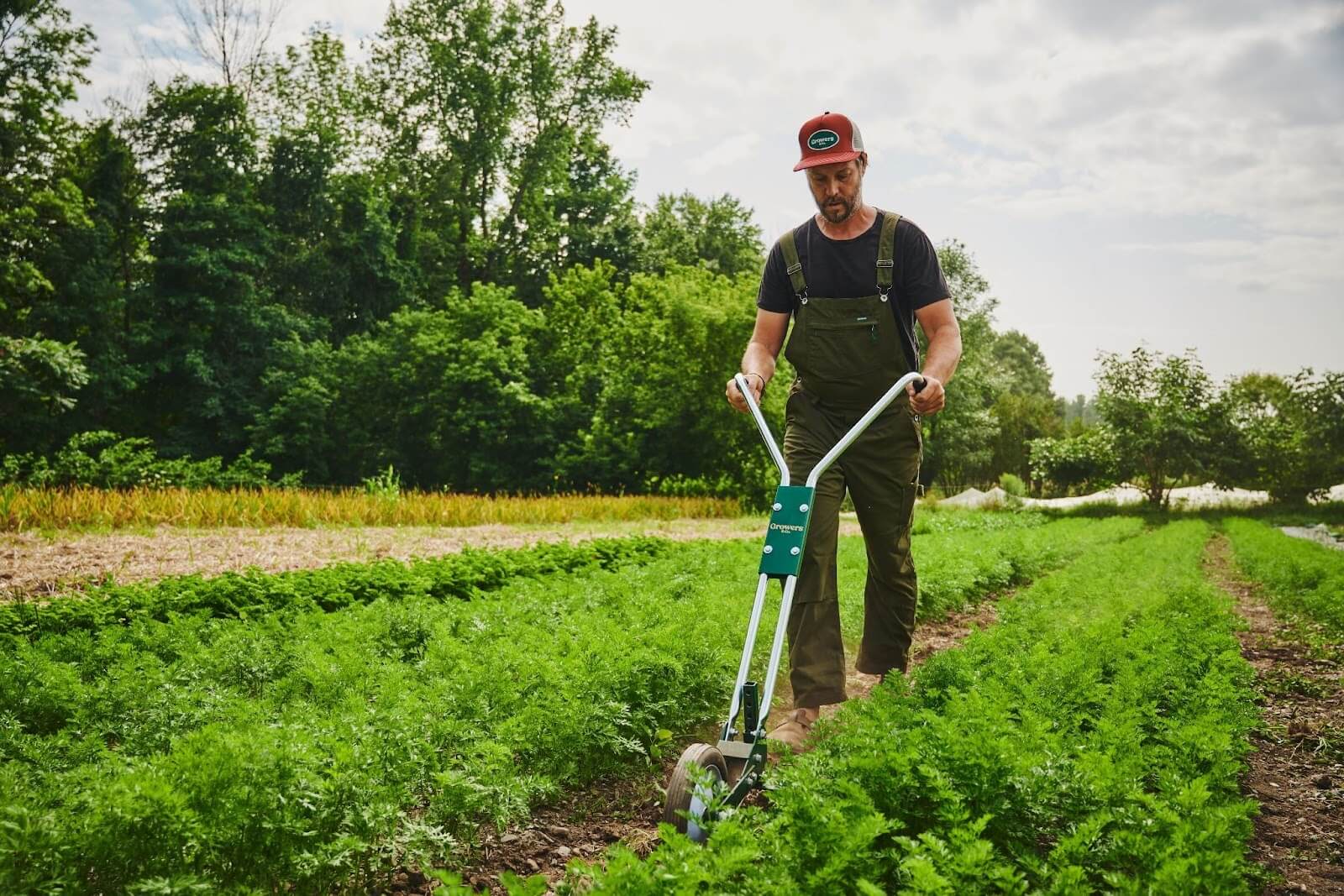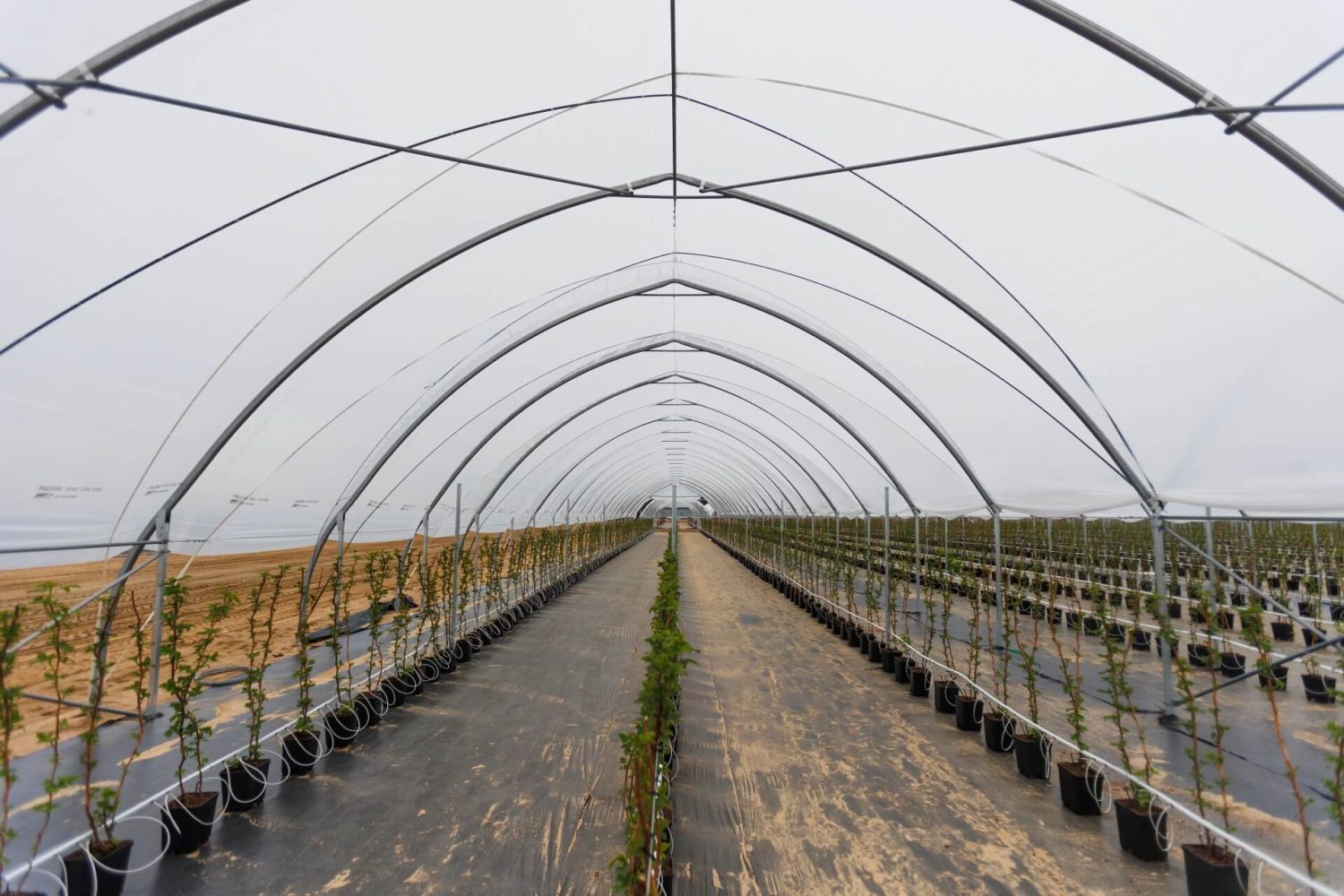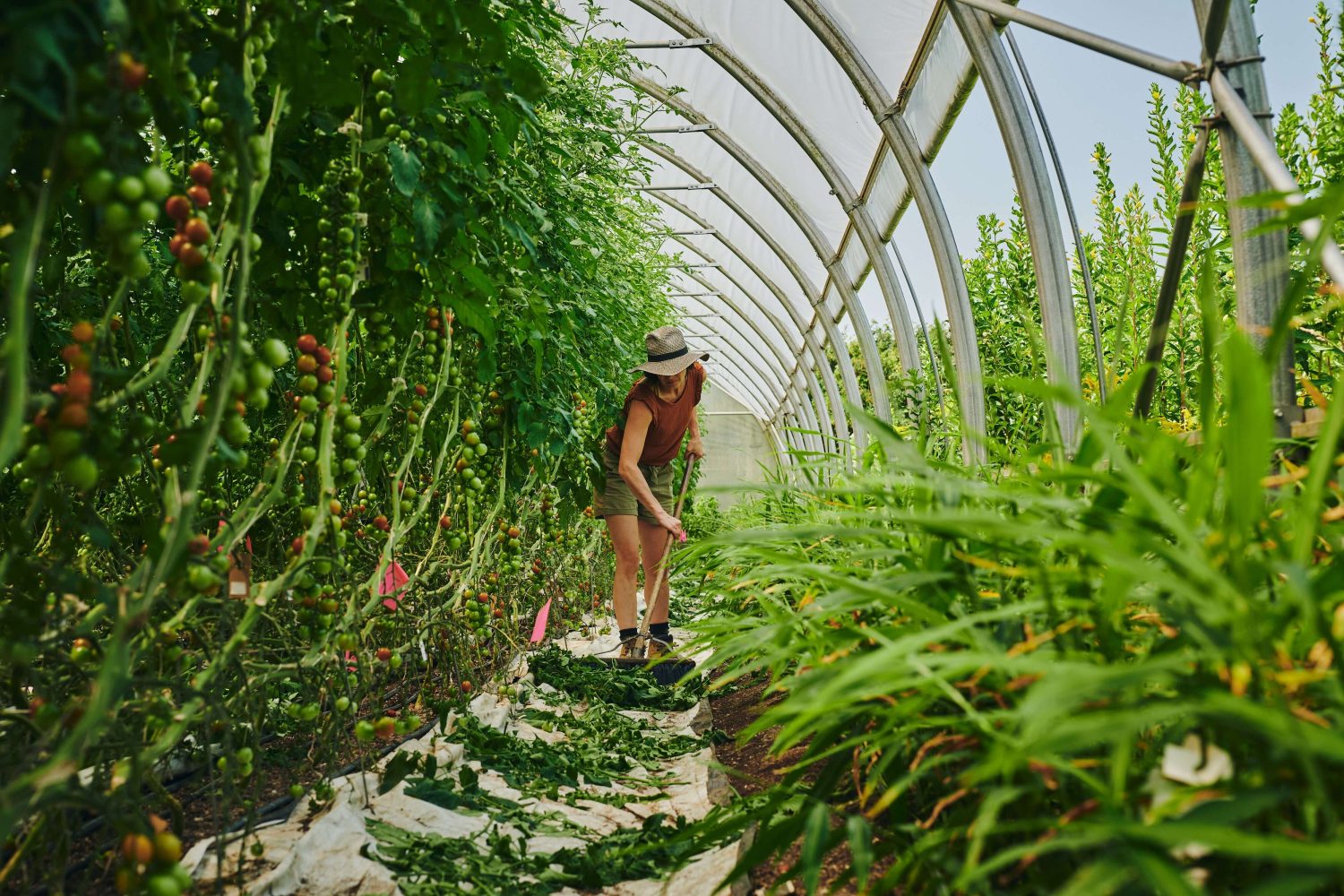This post contains affiliate links. This means if you click and buy, we might make a commission at no cost to you.
Farming requires a lot of focus, organization, and hard work, and even with the best intentions many growers fail at making both ends meet – meaning how to make a living AND have a good quality of life. During a busy farming day, every minute saved can translate into increased profits for your business and that’s where time-saving tools come into play… or rather, the proper tools, we should say. Some great manual tools can substantially improve tasks and overall time management on a farm. Here are some key things to consider when buying farm tools.
Have Tools That Can Work Together
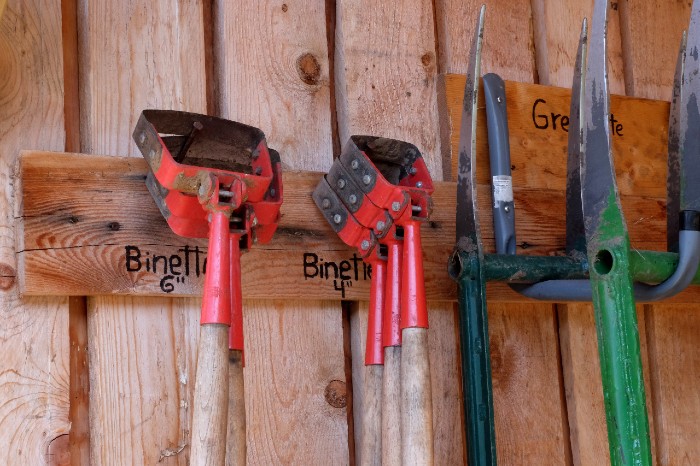
Do your tools complement each other? Can they be used in a sequence? What is the purpose of each tool and what can each one offer your farm? Everything should have a specific role to play and you should map out exactly how each tool can be used in a system that offers clear support to your farm. For example, all the tools used for bed prep (power harrow, broadfork, bed preparation rake, etc.) are properly dimensioned to work on a 30-inch bed system. By carefully selecting tools that fit this format, the bed system is optimized.
In contrast, as an example: if you’re relying on a tractor rototiller that creates beds that are 36 in or 40 in wide and you want to use a 24 in broadfork, you’ll have to do two passes to use the tool properly, adding extra time to your bed prep sequence. The same will be required for using a common rake that isn’t wide enough to do the job in one pass.
Fitting your tools to your bed width is one example of how things can work together and the idea here is to consider such things BEFORE you purchase your tools. Maintaining uniformity for the action of each tool can directly enhance your efficiency and help you achieve your production goals.
Consider How to Preserve Soil Structure When Buying Farm Tools
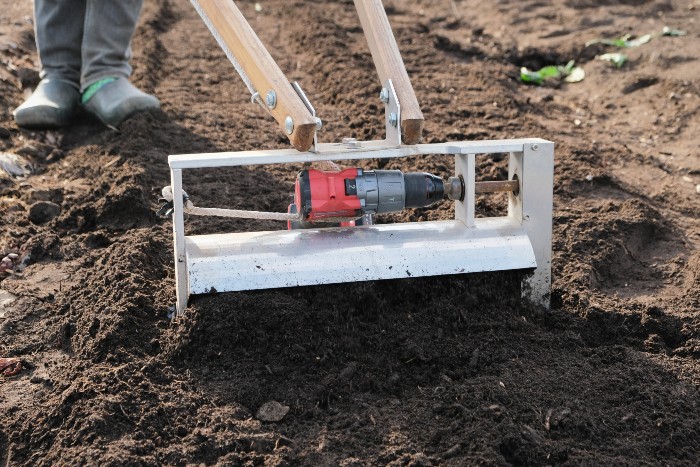
While some tools can offer great benefits in boosting your soil fertility, others can cause degradation.
When starting out, many growers often turn to this common tool: the rototiller. Though it can help to break ground or work tougher soil, once you’ve established good soil fertility, it can actually disrupt the vitality of your soil web by inverting the layers and compressing the soil, thus causing a hardpan.
As an alternative, we recommend using tarps, a broadfork, and a surface tillage tool such as a tilther, a power harrow, or even a wheel hoe. Combined, all of these are far more gentle on your soil’s microorganisms and won’t inadvertently compromise the drainage and the structure of your soil.
Good Weed Management
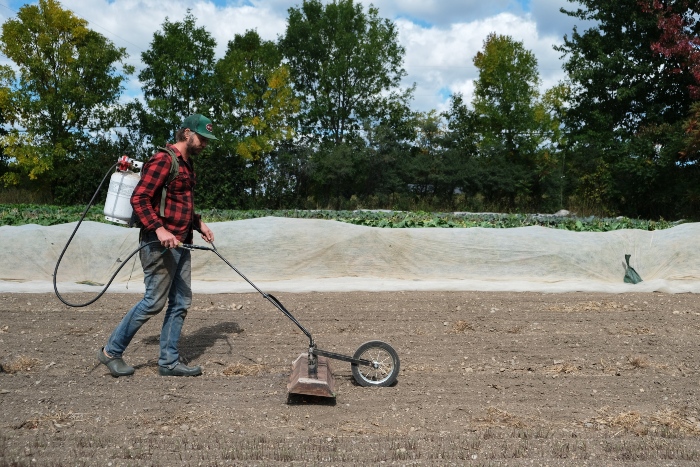
You can pull weeds by hand, or you can save a LOT of time by relying on different tools that eliminate the need to weed in the first place.
As one example, a flame weeder is useful when directly seeding a “dirty crop” like carrots because in theory, since they are slower to germinate, carrots are often overtaken by fast-emerging weeds. We prepare the bed of carrots one week before the sowing. The weeds will therefore have a headstart over the germination of the carrots. Then, just before your carrots are ready to emerge and the young weeds are filling your beds, you’ll burn the emerging weed seeds when they are sprouting in one quick simple pass of the flame weeder (which is nothing less than a big blow torch!). Just like that, plenty of weed seeds are destroyed. This method is called pre-emergence flame weeding and it’s well described in the Market Gardener Masterclass.
Though flame weeding presents one end of the spectrum in your fight against weeds, there are other options to choose from when buying farm tools. A tool as simple as an oscillating hoe can also really do the job. This is especially true for more established crops like green onions, broccoli, and basically any transplanted crop that can have a head start over sprouting weed seeds.
Talk With Other Growers

Do you have experienced farmer friends or mentors that operate a similar operation as you? Before making an investment, talk with them and discuss your options – learn more about the lessons they’ve learned! Whether it’s a recommendation of a particular DIY solution, or a story about how one tool didn’t work out, having farmer-to-farmer support systems can really help to avoid mistakes when buying farm tools and keep you on the course that’s right for you. We have put together a list of 30+ Must-Have Small Farm Equipment and Tools you should check out.
So why not invest in tools that will help make your life a lot easier? After all, the point is to focus on growing better, not bigger, so before you make any purchases, think about impact: compare how much the tool costs, versus the amount of time you could save by introducing it to your approach. You’ll be surprised by what a difference some of this equipment can really make. Also – don’t forget to properly care for your farm tools!
